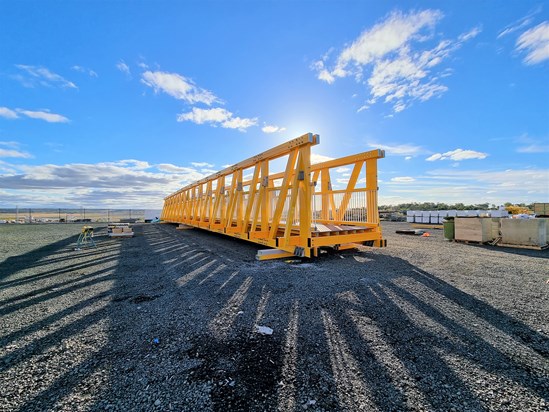Pedestrian Bridges
We have supplied girder bridges across Australia from the sweltering tropics to the burning deserts. Our composite structures are uniquely suited to withstand the harshest environments while providing a low maintenance, long life asset to the local community. Our materials are perfect for coastal, marine and environmentally sensitive areas. From tidal flood plains and protected mangrove swamps to alkaline desert and corrosive mining facilities, our structures have proven time and again their unique durability and strength. Possessing a full in-house design and certification team, we will work hand in hand with your staff to ensure a robust, aesthetically pleasing pedestrian asset that will provide decades of service.
Our 32 metre truss bridge as part of the Compton Road Cycleway project.
We have developed design methodologies for composite pedestrian bridges from the following standards:
- AS1657 — Design for access and mobility
- AS2156 — Walking tracks, infrastructure design
- AS1170 — Structural design actions
Structural design of Polymer Composites — Eurocomp design code and handbook design of composite structures differs slightly from that of traditional materials, in that the 'serviceability' criteria generally dominates the design process. Typically, traditional materials are designed primarily for strength, and serviceability checks are performed. Due to the low Modulus of Elasticity of composite products (as compared to steel for example) structures are designed to meet the stiffness criteria, and as a result contain large strength reserves.









